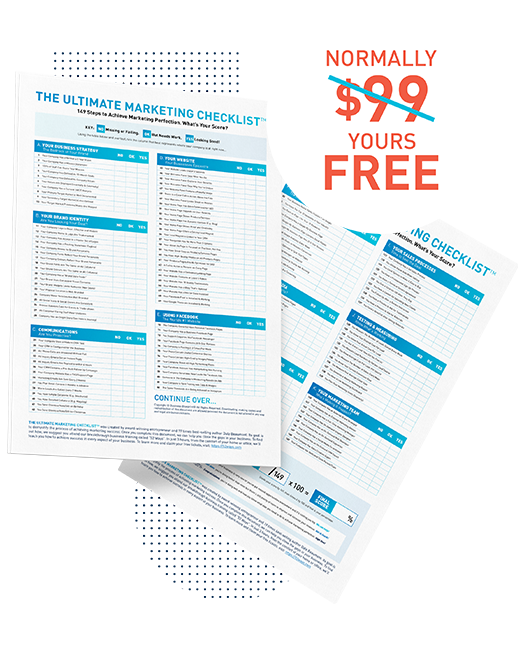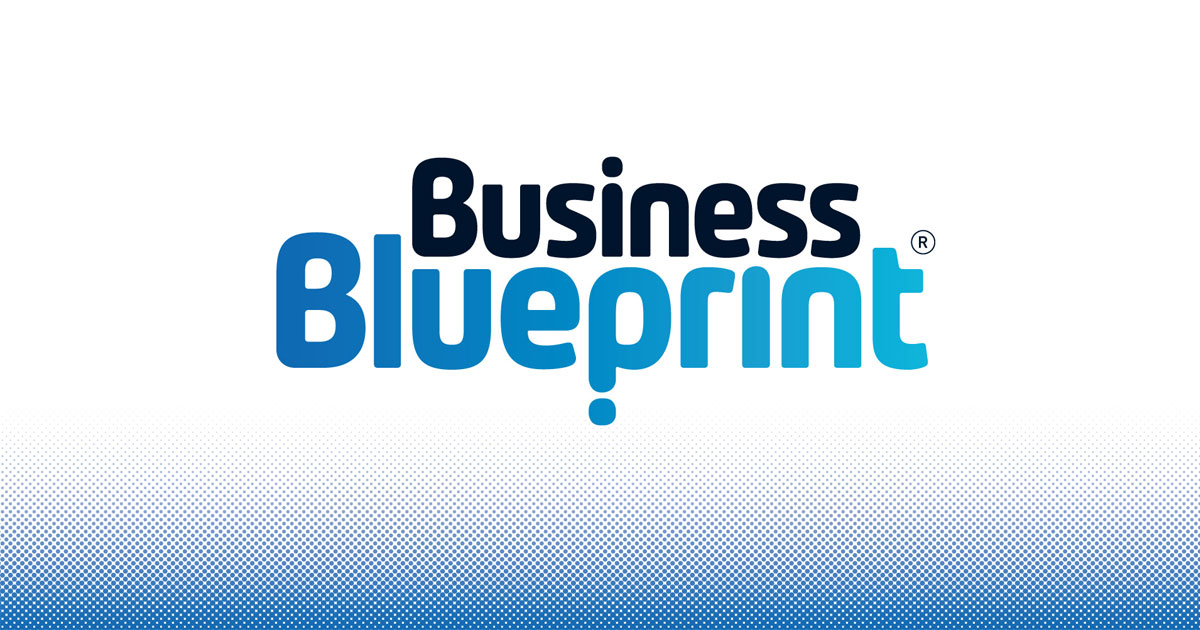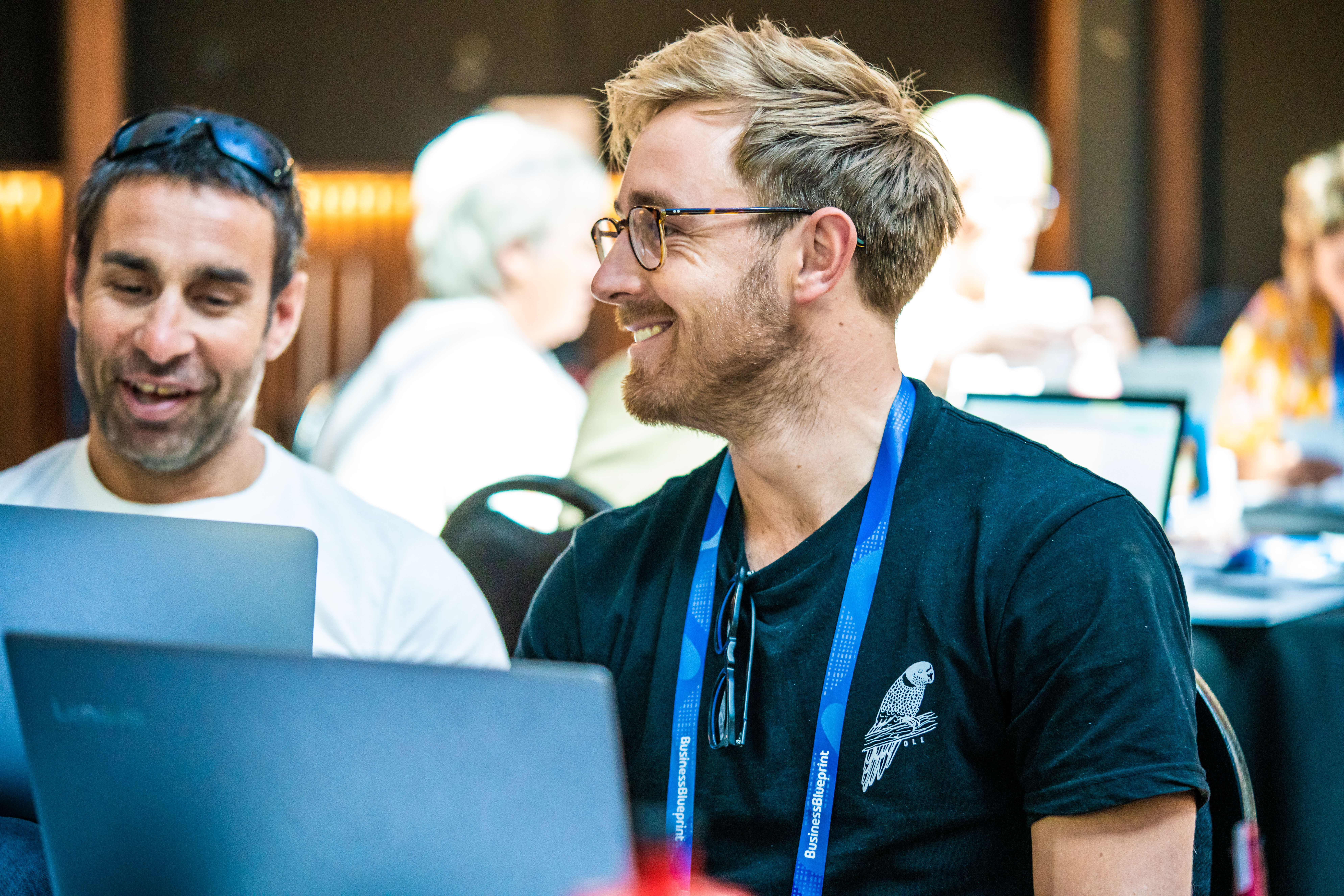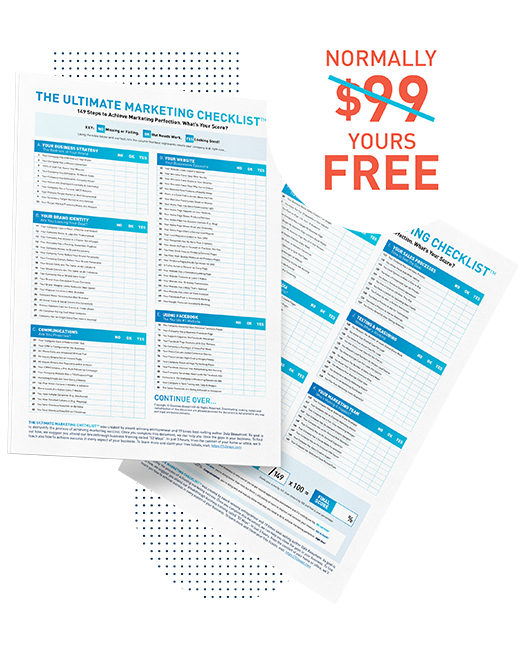So what is marketing anyways? The world of marketing can be quite vast and seemingly too big to tackle. However if you understand what marketing is all about, you could change the direction of your company and see a success far greater than you imagineable. The key is getting it right. In this interview between Dale Beaumont and Siimon Reynolds, find out what marketing is as well some incredible lessons he has learnt over the years.
Siimon Reynolds is one of Australia’s best known advertising experts and Executive Director of the Photon Group, which currently turns over $180 million per annum.
What is ‘marketing’ and what are some of the most valuable lessons you have learnt about succeeding at it?
My definition of ‘marketing‘ is putting your product or service in its best light so that it persuades others to investigate and hopefully buy it. I think that marketing is basically a replacement for door-to-door selling. If we could all afford to knock on everyone’s door and put forward the best case for our product then we would because one-on-one conversation is pretty hard to beat. But because this is not possible, we come up with marketing that will, at the end of the day, be a replacement for what we would have said if we were having a chat. To succeed at marketing there are a number of steps you need to take, I believe these are some of the most valuable lessons I have learnt.
- The first is that you can gain a great knowledge about marketing through books. There is an excellent series called the Guerrilla Marketing series of books, in particular The Guerrilla Marketing Handbook. There are also a number of marketing classics such as Jay Abraham’s Getting Everything You Can Out of All You’ve Got, and Permission Marketing by Seth Godin, which is all about creating relationships with your customers instead of just trying to sell to them. Just by reading these books you’ll know more than virtually anyone in advertising.
- Above all, you need to work on the overall proposition. What do you stand for? What is your Unique Selling Proposition (USP)? This is about trying to find a niche, something unique that you can say about your product. If you can find your USP, and own it, it’s a very special thing. The ESP is the Emotional Selling Proposition, a good example of this is the Virgin brand. What is Virgin really all about? Sure, there’s a certain element of value to it, but it’s really about the emotion that comes from dealing with the rebel – the small guy or the underdog who comes out on top. Another example is when I buy a pair of Nike shoes, I feel like I’m ‘just doing it’, I’m getting on with my life, I’m participating. In addition to this, you need to become more popular, which is what your Organisational Selling Proposition (OSP) is about. This is about making your organisation congruent with its product and its ESP. What does your organisation stand for and how can you promote that? The classic example of this is The Body Shop. People don’t just buy their soap, they buy what The Body Shop stands for – its environmentally-friendly image and Anita Roddick going out to the natives of Peru and actually paying them for their recipe. So, the USP, ESP and OSP are what you start with.
- The next step is to try and ‘own’ just one word that represents something in consumers’ minds, for example, when I say, ‘Volvo’, you think ‘safety’, when I say, ‘Mercedes’ you think ‘status’. If you can own a word and a space in the consumers’ minds, that’s when you know you are at your best.
- Then it’s a matter of developing a brand and diffusing it throughout everything you do, not just your advertising. Everything needs to be congruent with your brand – your business cards, your salespeople, how you dress, what your logo looks like, absolutely everything. A good example of a brand not working is when you say that you have the best service, but the reality is that your customers are waiting on hold for ten minutes. FedEx is a good example of a congruent brand and it has become the largest courier brand in the world because of it. [[If you call FedEx, from anywhere in the world, you will be answered within two rings]] and often you don’t even have to wait for one ring! Now that is an amazing, phenomenal example of service! It’s every bit as powerful as an advertisement, if not more. They really want to be who they say they are, and that is what the strongest brands do. Once you have created your brand you must stick with it and have consistent branding, you can be flexible within it, but you must hold your key position.
- The next step is to experiment by developing a series of advertisements that are consistent with your branding to test what works and what doesn’t. At the heart of good marketing is testing and continually refining. You might write a headline that a lot of people respond to, but maybe five times more people would respond to a different one, for example, you can say ‘50% off’ or ‘Two for the Price of One’, and even though it is exactly the same proposition, I can tell you, one will get more results than the other. Experimentation is a huge part of marketing success, if you don’t experiment, how will you know what’s really going to work?
For more of this interview and more on ‘what is marketing’ check out “Secrets of Male Entrepreneurs Exposed!“.





